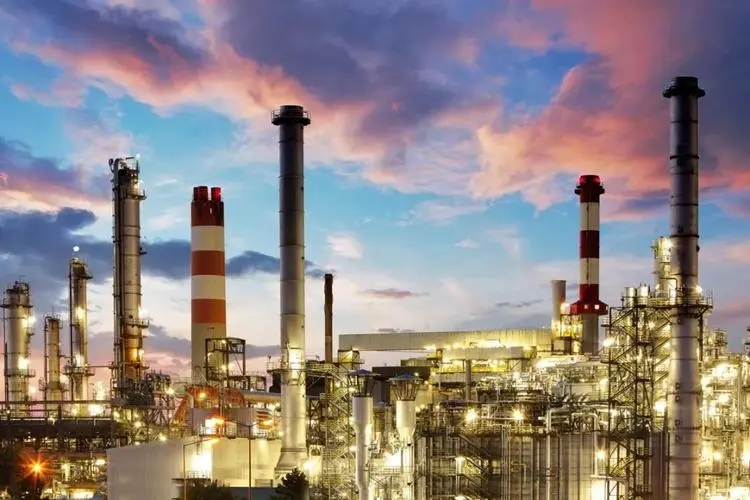TOCOM Energy
More tightened market is expected despite macroeconomic headwinds
Price action in oil over the last week was rangebound with the market awaiting this week’s OPEC+ meeting and the return of China from the Lunar New Year holidays. Market has started this week on a firmer note, the return of China from holidays and rising tensions in the Middle East appear to have provided some support.
For now, crude oil prices are still largely mirroring macroeconomic events. Oil prices had been positive throughout last Thursday trading session after figures showed the US Gross domestic product rose at a 2.9% annualized pace in the fourth quarter, slightly better than expected. However, fears of the economy dipping into recession later this year still linger as data showed U.S. business activity contracted in January for the seventh straight month.
Intermonth spreads of major crude oil benchmarks continue to diverge from each other. NYMEX WTI M1/M3 spread largely remain flat at a low level largely because of the fact that U.S. refining is still below 15 million b/d and is headed into a massive round of maintenance.
While ICE Brent had gained upward momentum because of possible supply disruptions and a ramp up in local refinery demand. JPX Dubai also spiked around the week where driving force largely geared towards Chinese demand.
During the last two weeks, growing optimism on China’s recovery continued to underpin prices as mobility levels continued to ramp up during the Lunar New Year, including sharp increases in road transport and flight bookings. Domestic daily trips for the Lunar New Year holiday travel period so far are up by about 50% from a year ago, according to the Ministry of Transport. But even the tens of millions of trips each day is still down sharply from 2019 levels, so there is still room for growth later.
According to the IEA’s latest OMR, global oil demand is set to increase by 1.9 mb/d year-on-year in 2023, with about three-quarters of this rise coming from non-OECD regions. This year’s oil use is now seen at 101.7 mb/d, 80 kb/d higher than in last month’s Report and an all-time high. Jet/kerosene will increase by 850 kb/d which accounts for 45% of this year’s demand gains. Whether or not oil prices can resume their march higher will more or less depend on how quickly China’s demand bounces back this quarter.
On the supply side, eyes are on Russian oil product embargo and the price cap issues. Ahead of the embargo set to kick in several days, Europe continues to be the biggest buyer of Russian diesel, but it is already trending down as some buyers cut down on purchases before the sanctions deadline kicks in. Another set of data showed that total European diesel imports have been much higher over the last four months than usual, by about 400,000 barrels per day, compared to October-January periods in the previous two years. This compares to 600,000 barrels per day of diesel coming from Russia over the last four months on average. Therefore, it could be said that over the last four months, Europe has already procured replacement barrels at a rate of two-thirds of the typical needs.
Unlike the crude markets, the cessation of diesel exports to its core markets could have significant impact on Russia’s energy flows, possibly shutting in refinery operations and a reduction in crude oil production. IEA expect that around 1.6 mb/d of oil supply (either in the form of product or crude) will be shut in versus pre-invasion levels by the end of 1Q23.
On the other hand, there is little room left for US refiners to ramp up further in 2023, while refineries in the Middle East, as well as China, are expected to step in to cater for the growth in refined product demand, more than offsetting forecast declines in Russia.
Elsewhere on the supply side, volume should remain steady as the OPEC+, are likely to endorse the group’s current output levels at a Feb. 1 meeting.
The well-supplied oil balance at the start of 2023 could quickly tighten however as western sanctions impact Russian exports. Markets east of the Suez Canal is likely to tighten even faster than the west, this should be supportive for the Middle East Dubai benchmark.






